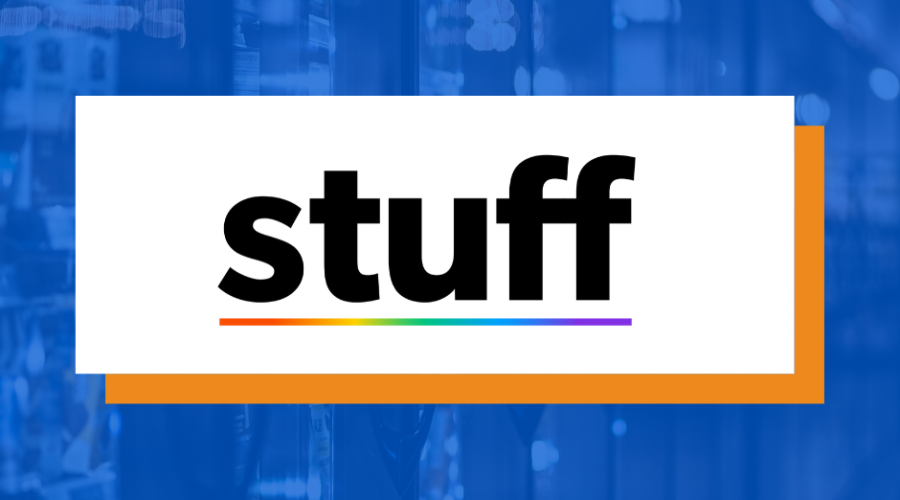Court Ruling On Plastic Is A Win For Consumers And The Environment
Ottawa, ON – Yesterday, a federal court ruled that Ottawa overstepped in designating all “manufactured plastic items” as toxic under CEPA, which puts Ottawa’s single-use plastics ban in question.
David Clement, Toronto based North American Affairs Manager for the Consumer Choice Center (CCC), responded stating: “The court ruling is a huge win for consumers, and for the environment. The federal government using CEPA to regulate plastics, and following that up with a single-use ban, was the laziest route they could take in dealing with the issue of plastic waste.”
“Unravelling the single-use plastic ban would be a win for consumers because the alternatives are more expensive. According to Ottawa’s own analysis, paper bags are 2.6 times more expensive than plastic bags. Single-use cutlery made of wood is 2.25 times more expensive than plastic cutlery, while paper straw alternatives are three times more expensive,” said Clement.
“And the ban on these single-use items was also bad for the environment, because it pushed consumers to alternatives that are worse in terms of environmental impact. According to Denmark’s environment ministry, paper bags would each need to be re-used 43 times to bring their per-use impact on the environment down to the per-use impact of the single-use plastic bags. When the alternative option is a cotton bag, that number skyrockets to 7,100 uses. A consumer substituting a cotton bag for plastic would need 136 years of weekly grocery store trips to be as environmentally friendly as single-use plastic is,” said Clement
Previously, the Consumer Choice Center has voiced our concerns with Ottawa’s plastic ban in the Financial Post, Le Journal de Montreal, and the Toronto Sun.








